Electric motorbikes: MCN's guide to the latest EV tech and models
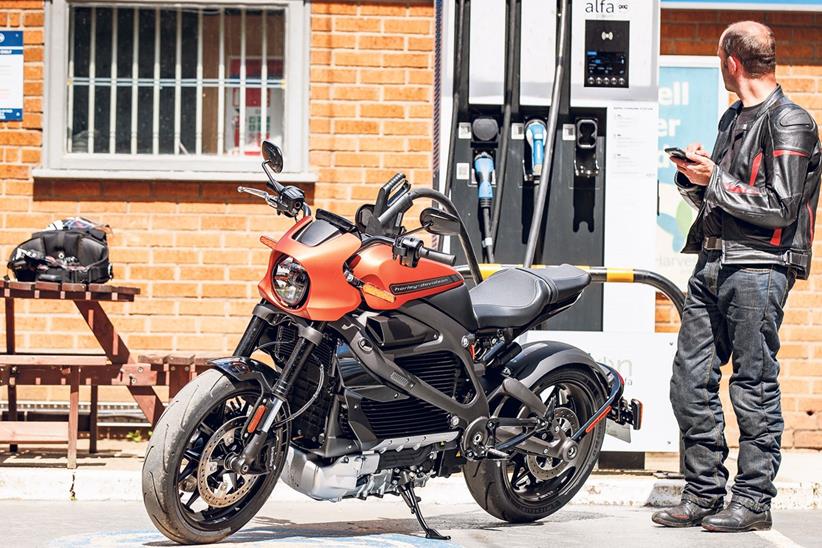
As far as alternative fuels for motorbikes go, battery electric vehicle (BEV) tech is a pretty well-established option.
With brands like Tesla popularising EVs in the car world and most manufacturers now offering a version of their own, the charging network is growing daily and the technology is becoming more viable.
This is bad news for many bikers who see the evocative sound, smell and feeling of an internal combustion engine as an integral part of the ownership experience.
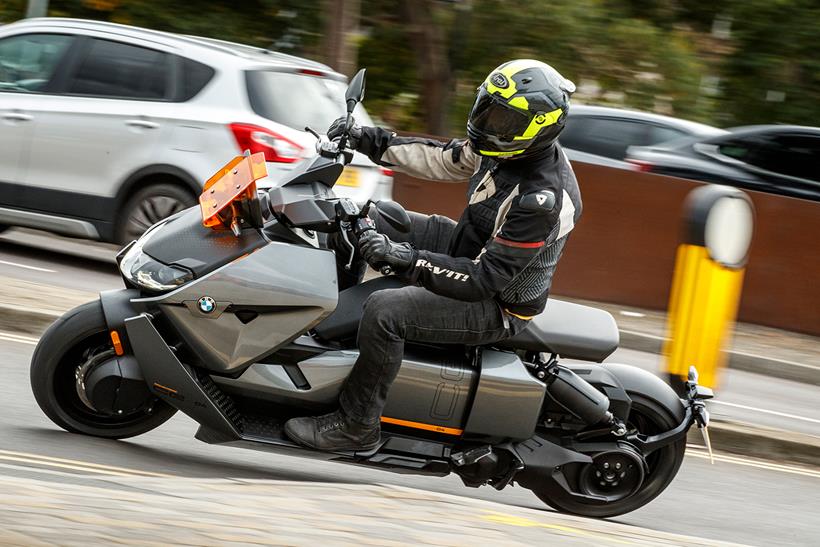
There are already quite a few electric motorcycles on the market and with every new generation that is released the range and performance improve while the charge times and weight reduce.
Electric motorbikes aren’t without their drawbacks, though. Aside from the aforementioned lack of noise and excitement for some, the batteries used to power them contain highly toxic materials that are environmentally damaging to obtain and dispose of. Then there are humanitarian issues surrounding the workforces in some mines.
Not all electric motorcycles use traditional batteries, though, and hydrogen fuel cell technology might be a viable alternative for manufacturers to consider.
The next step
With help from car firms like Toyota and BMW, the next big technological leap is likely to come from solid state batteries. Although it’s early days, the use of dry electrolytes in solid state batteries makes them lighter, safer, easier to package and faster to charge than their li-ion cousins.
Toyota are at the forefront of the tech right now and are hoping to have cars with solid state batteries by 2028. Motorbikes will have to wait a little longer though with commercially available models probably arriving in the 2030s.
How do electric motorbikes work?
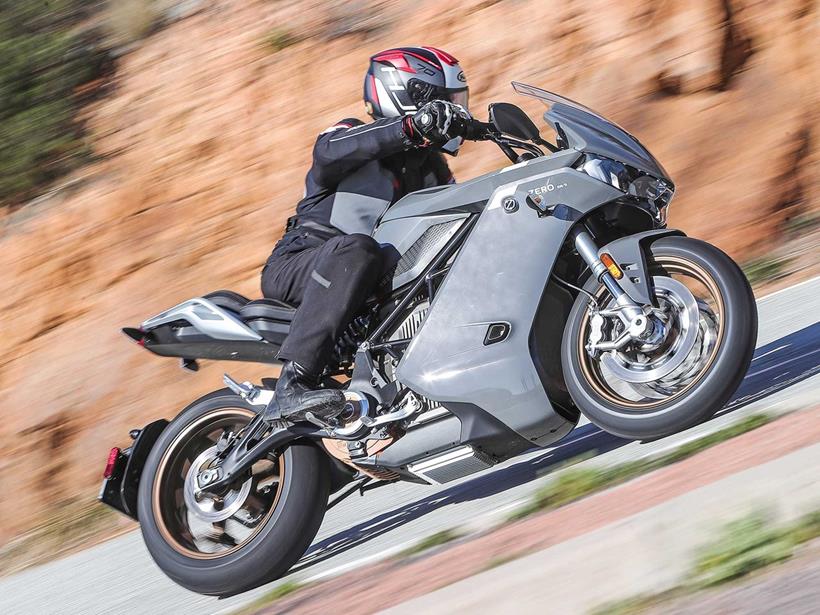
Electric motorbikes use a right hand twist grip throttle just like a petrol bike to control acceleration. There is not normally a gearbox – although some manufacturers like Kawasaki are experimenting with the option – so there’s no clutch lever on the left.
Some manufacturers opt for a scooter style rear brake lever in place of the clutch while others stick with a more familiar right footbrake.
Most electric bikes use a belt for final drive meaning there’s no need to adjust or lubricate it over the vehicle’s life and thanks to the lack of moving parts and engine, servicing costs are minimal.
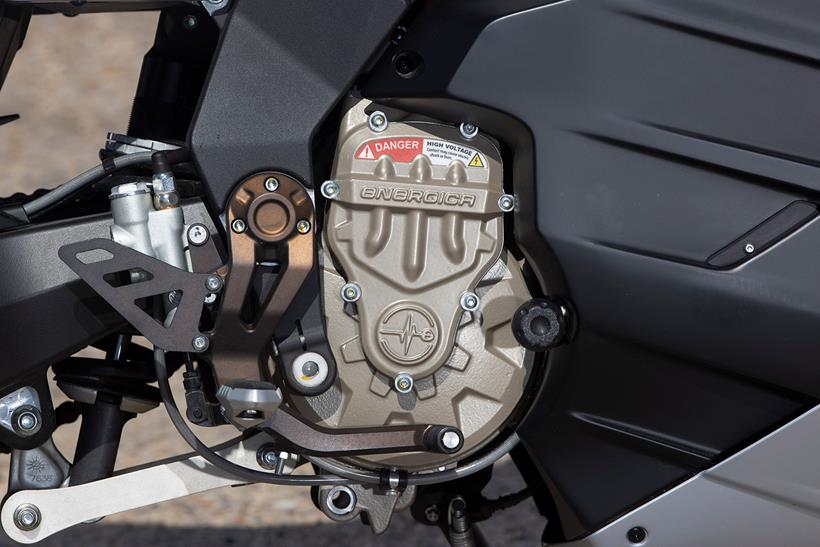
Depending on the model, electric motorbikes are charged in one of several ways. Some require a vehicle charger point like the ones you increasingly see at service stations and carparks (or fitted to people’s houses) while others can be plugged into a standard socket.
Some bikes have the option to charge either way but will charge much faster if you use a dedicated vehicle connection.
Vehicle range can be affected by several factors such as rider input, ambient temperature, the age of the vehicle’s batteries (measured in charge cycles) and the terrain being ridden on.
Small-capacity and delivery bikes
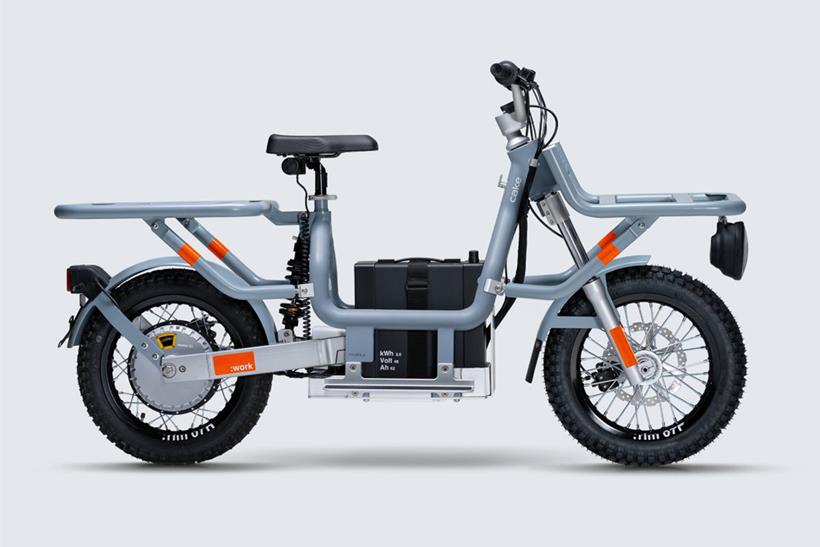
As things stand in early 2023, the UK Government has agreed to ban the sale of new petrol bikes from 2035 and anything 125 or below as soon as 2030.
The small-capacity bikes used by learners, commuters and delivery riders are the most suitable for electrification as they generally do short journeys in urban environments and don’t have high-performance characteristics.
Many of these models use removable batteries that can be carried into a place of work or your home to recharge at a standard socket, so you don’t need to worry about charging stations or having a garage to own one.
Performance electric motorbikes

If range is removed from the equation, electric motorbikes can become incredibly effective performance machines. From 2023, the MotoE race series has used Ducati prototypes in short format races.
Electric competition trials bikes are just as competitive as their petrol equivalents, too, and there is a new FIM E-xplore World Championship for lightweight electric off-roaders like the Sur-ron Ultra Bee, too.
Electric motorbikes on the road
There are several serious electric options on the market for fans of large-capacity, leisure motorbikes these days, too. Harley-Davidson launched their LiveWire all the way back in 2019 and it’s still one of the best on the market.
Californian firm, Zero have a full range of electric road bikes and MCN is running their first adventure bike, the DSR X, on the long-term test fleet for 2023.
And other electric specialists Energica unveiled their Experia for 2023 with several new models expected to follow using the same powertrain and architecture.

